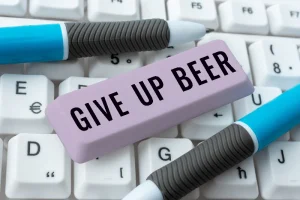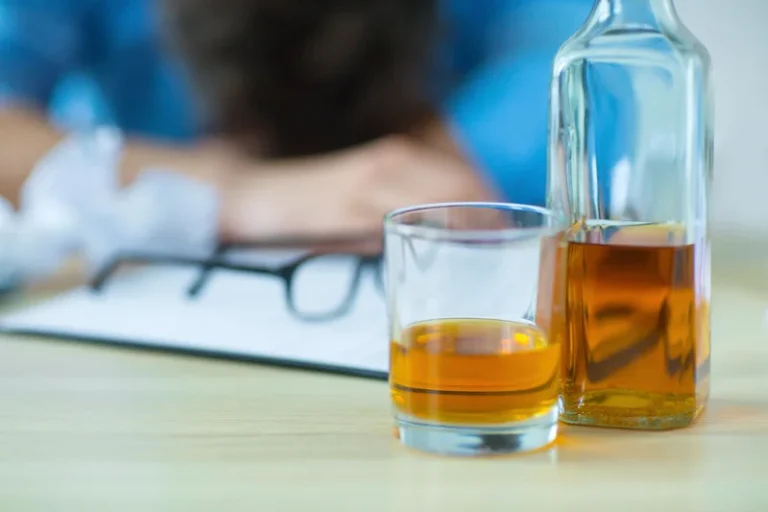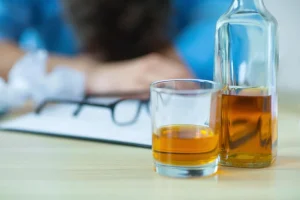

Where verbalizing feelings can sometimes be challenging, art therapy for addiction treatment steps in as an interpreter and guide. In art therapy sessions, creating abstract pieces can help individuals externalize feelings or experiences that are difficult to put into words or realistic images. This can be especially helpful when dealing with trauma or deeply ingrained emotional patterns related to addiction. Long-term art projects can play a significant role in sustained recovery. These might involve larger-scale works that evolve over time, reflecting the ongoing journey of recovery. For example, a series of self-portraits created at regular intervals can provide a powerful visual representation of personal growth and transformation.
Introduction To Therapy Activities


However, at its core, the power of art therapy will always lie in its ability to connect individuals with their inner selves and with others on a profound, often what is Oxford House wordless level. While this may seem like a simple craft, nothing solidifies the benefits of sober living than looking at pictures of yourself from the past. You may have plenty of photos from when you were an active drug addict or alcoholic. These could be pictures of yourself with friends or family members, and while they may seem happy on the surface, underneath it all, you were struggling with a big problem. A great way to remind yourself of the difference sobriety can make is by starting a photo album that contains pictures from your past and your present. While some memories can be painful, photographs also capture milestones in our lives that are important but can be easy to forget.
Create a Collage of “Words to Live By”


Discover insights on going through marijuana withdrawal, from symptoms to recovery strategies for lasting change. Discover the difference between Suboxone strips and pills, their effects, costs, and user experiences. Master how to avoid alcohol and gambling triggers with effective strategies and proven methods. Discover the signs of drug use in teenagers, how to intervene effectively, and prevention strategies. Empower families to break the cycle of addiction. Discover support strategies and communication tips to overcome together.


Create an account or sign in to comment
The exercise sets you up for reflection, develops imagination and ingenuity. https://ecosoberhouse.com/ Apply paint to a sheet of paper with plenty of water. At the very end of the work, blow color spots through a thin tube, forming droplets, splashes, and color mixing. This exercise hones hand coordination, helps to overcome stress. Creative expression acts as a bridge for individuals to confront and articulate feelings that they may struggle to express verbally.
Selecting the Best Opiate Addiction Treatment Program
- Photo therapy sessions often cover assignments that may include taking pictures of places or things that bring joy, represent challenges, or symbolize hope.
- Draw a picture, sprinkle it with eggshell mosaic.
- This is suitable for those in a situation of choice in making vital decisions.
- Drawing Exercise First, paint a magic drawing on a blank sheet of paper with a candle, then wash it with watercolor.
It’s usually led by a trained therapist who is licensed to help recovering addicts heal from the effects of addiction and learn how to best express their emotions. Art for recovery has the potential to positively impact a patient’s well-being by addressing and alleviating emotional and physical issues. Creating recovery art is also beneficial for helping patients express thoughts and emotions that may be difficult to express in words. As a Philadelphia addiction center that offers this therapy method, we’re sharing some cool art project ideas for addiction recovery that you can try at home. Helping people to explore hidden emotions, find some self-awareness, build self-esteem—even combat stress, depression, and anxiety.
- Moreover, shared creative experiences can act as a form of collective healing.
- Individuals can express themselves authentically and process their experiences through various artistic endeavors.
- The key is to provide options and allow individuals to find their own path within the therapeutic process.
- Moreover, the sense of accomplishment that comes from creating something tangible can be incredibly empowering for individuals who may have lost faith in their abilities.
- Painting gives you the clarity to see your feelings laid out before you, making them more accessible for examination and understanding.
Additionally, when you ask clients to place themselves in their drawings, you get lots of good information about where they might be stuck and why. The container metaphor can serve as a physical symbol that can tap into those feelings and experiences. Exploring the concept of “containment” through art can help clients uncover things that are being contained. It can also help them contain things that may feel overwhelming or out of control through visual and/or tactile means. Containment activities provide a way for clients to protect, preserve, and honor those parts of themselves that feel vulnerable. While there are countless art therapy activities for adults that could work well, these 5 art directives include some of my favorites.
- For instance, self-portraiture in art therapy can help adults gain insight into their emotions, thoughts, and behaviors by examining their artwork.
- This exercise brings family members together emotionally and helps to strengthen family values.
- Get ready to unleash your creativity and embark on a journey toward self-discovery.
Art therapy services typically involve creative activities and discussion, with the therapist guiding the individual through self-exploration and emotional expression. Finding a certified art therapist can be essential in engaging in art therapy. This form of emotional expression, known as expressive arts therapy, can be particularly beneficial for those who struggle art therapy ideas for adults in recovery to articulate their feelings. Draw a trash can and start to write phrases, shapes or images that you want to get rid of. I struggled with an eating disorder so some of my phrases related to self-worth and weight. It can provide some release, especially for pent-up feelings.
- This not only aids in personal emotional processing but helps everyone involved recognize their shared experiences, fostering empathy and connection in the recovery community.
- The integration of music and art has also proven to be a powerful combination in holistic healing approaches.
- While listening to Vivaldi’s 4 Seasons Symphony, paint the landscape in large strokes.
- These can be as simple as notes on scraps of paper that mention goals the person wants to achieve or affirmations that evoke positive emotions.


It’s a great way to express yourself through art if you can’t through words. Each page may vary from collages to markers to nail polish to actively ripping out the page. The goal of this art therapy project is to recognize the difference between the two sides of yourself and work with a therapist to make them more synchronized.
